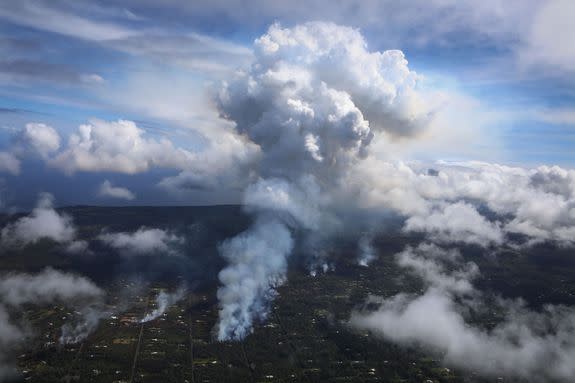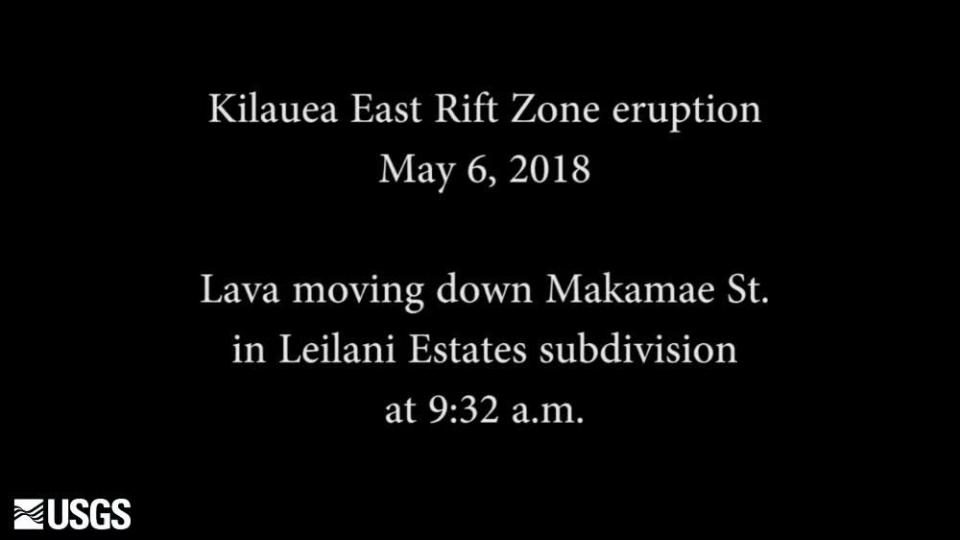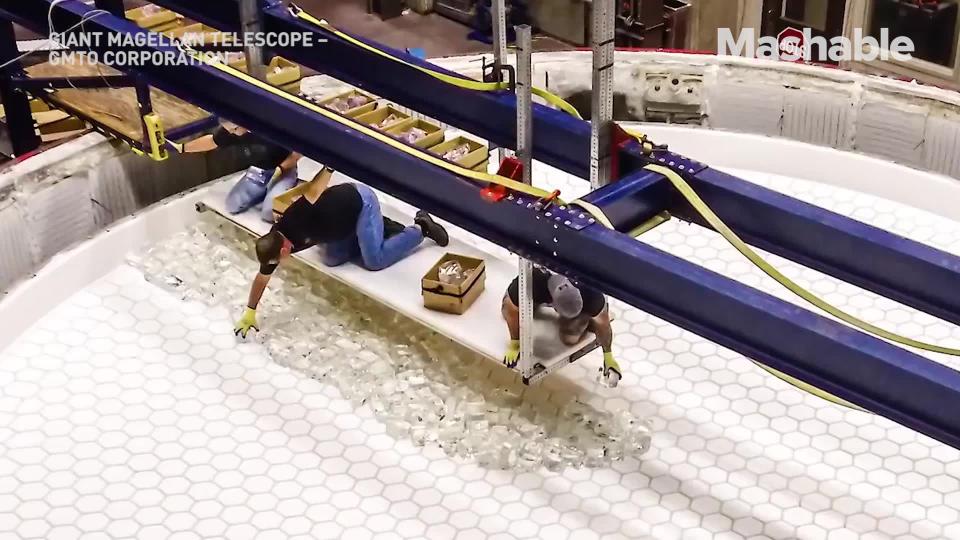Creeping lava engulfs roads and homes in videos, photos from Hawaii

The ground atop Hawaii's Kilauea volcano has continued to split and rupture, creating at least 10 reported fissures and so far slowly swallowing 26 homes in the Leilani Estates neighborhood.
The eruption activity began Thursday evening with just one fissure, which fountained lava high into the air for around two hours. At the time, it was unknown if the eruption would continue in the area, or if more fissures would open up. But over the weekend, matters certainly escalated.
SEE ALSO: Yes, the Yellowstone supervolcano can wipe out humanity, but we'll have years of warning
Kilauea has been one of the most active volcanoes in the world for the past few decades, so lava erupting from the ground in this region is completely normal, as volcanologist Janine Krippner noted last week.
But now, this lava is shooting out of newly formed vents opening up directly inside a community, and then rumbling down asphalt streets.
Typically, Kilauea's lava has poured out of vents closer to the coast, and sometimes flows like a river into the ocean. The lava also brews and steams inside a large lava lake, which sits inside a massive crater in Hawaii Volcanoes National Park.

Image: USGS
But since the eruption, the famous lava lake has shrunk "significantly," said the U.S Geological Survey, as molten rock has apparently sought other routes to the surface.
Fortunately for local residents, these lava flows creep along quite slowly, so more than 1,000 residents were able to safely evacuate.

Image: Mario Tama/Getty Images
This type of lava flow has a Hawaiian name, "‘A‘ā," (pronounced "ah-ah"), and is broadly a thick, "clinky" type of flow.
Still, with fissures opening up in unpredictable places, the area is dangerous. And there's not just the threat of unexpected, fiery cracks. These volcanic vents can release noxious sulfur dioxide gases.

"This is not the time for sightseeing," the Hawaii County Civil Defense said in a statement on May 6. "You can help tremendously by staying out of the area."
Residents were aware Kilauea might erupt in the community days before the first fissure appeared, as magma collecting beneath the Earth began to bulge below the surface and crack roads.

Image: USGS
Four days later, lava had spread across lawns and completely consumed homes before cooling, and turning black.

Image: Mario Tama/Getty Images
By Sunday, quaking in the region has settled down and residents were allowed inside their neighborhood to quickly grab pets and belongings.
While disastrous for those who lost their homes to lava, this is still normal activity for volcano country, and particularly Kilauea, which is a volcano currently in the process of building itself.
And ejecting lava is the only way for it to grow.
WATCH: It takes absolute precision to construct Earth's largest telescope, which will peak into far-off alien worlds


